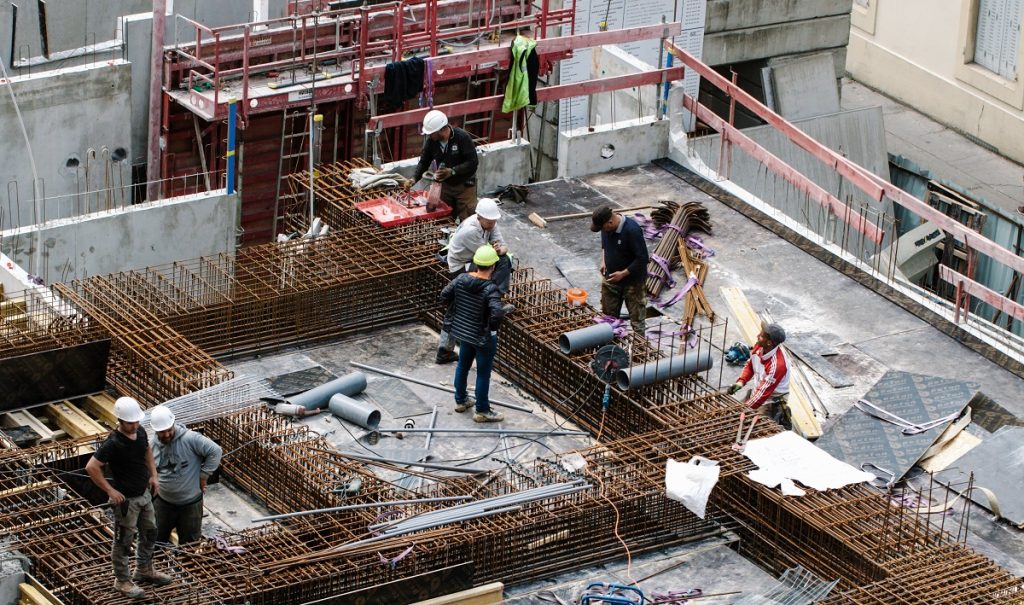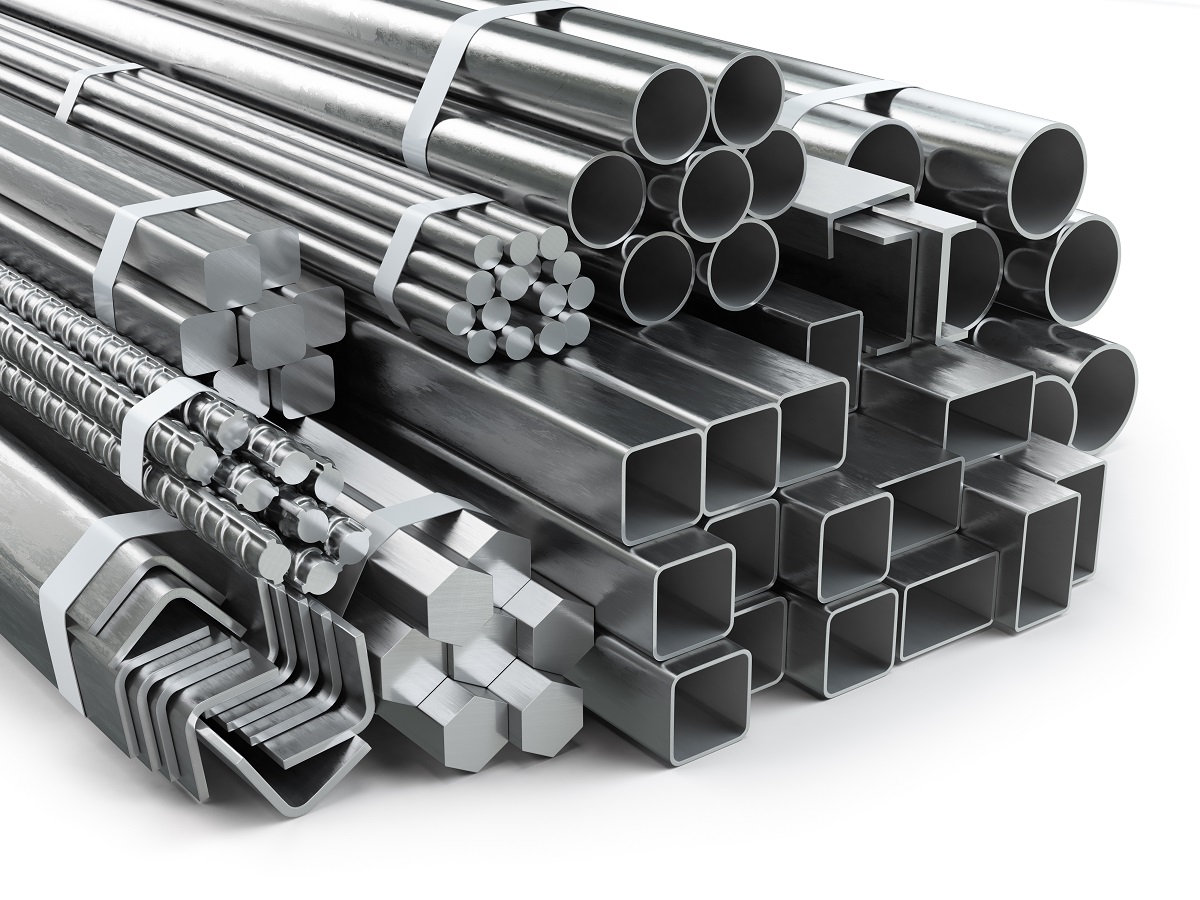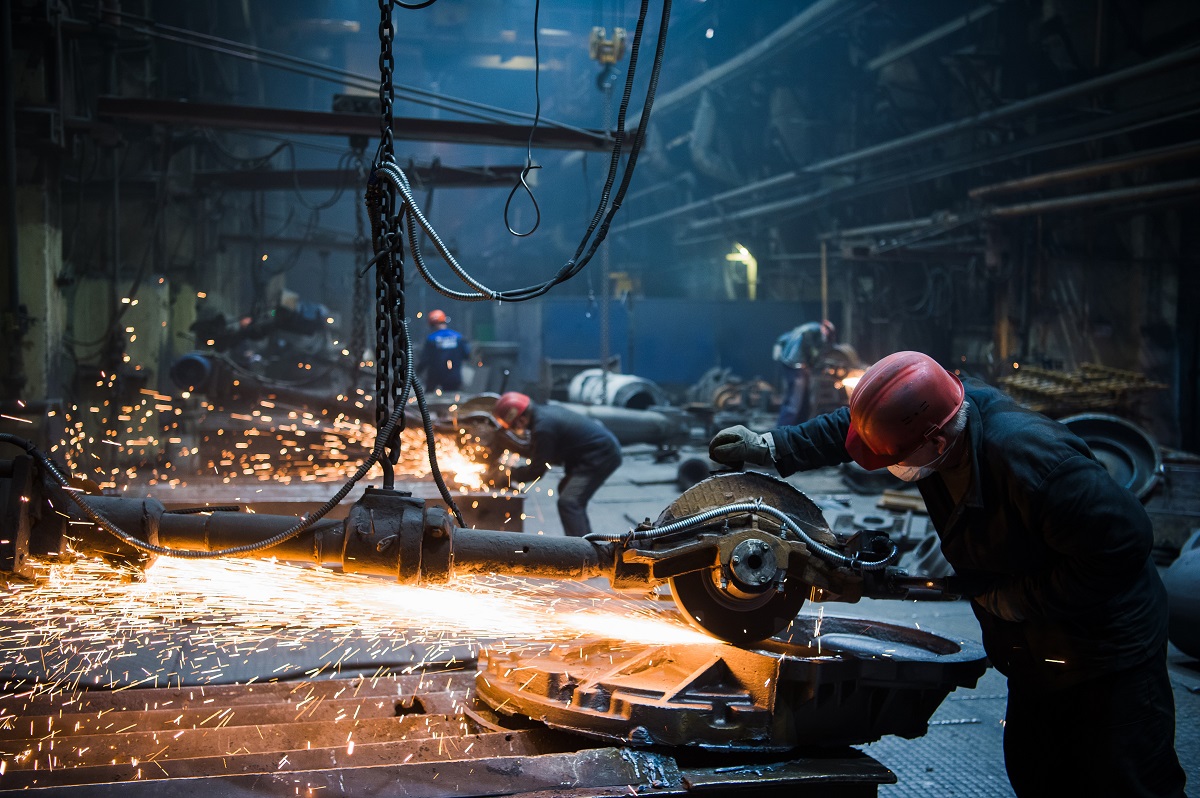5 Types of Steel Used in Construction

What are the different types of steel used in construction?
- Steel rebar
- Alloy steel
- Stainless steel
- Tool steel
- Mild steel
Various types of steel are used in construction and are not just limited to familiar materials, such as those for structural purposes. Being one of the most durable materials in the market, steel products can be infinitely repurposed and can last for as much as 50 years in construction and building projects.
Some of these products include flanges, angle bars, steel sheets, pipes, channels, corrugated roofing, sheet piles, and the like. However, there are also construction steel products that are designed to cut and shape different materials. An example would be tool steel which has higher tensile strength and hardiness compared to pipes. There are also other types such as rebars, alloy steel, stainless steel, and the like. Continue reading to learn more.
Steel Rebar
The steel rebar is a product that appears in rods and is usually installed as part of a building’s foundation. The distinct design of the rebar which features threads and other symmetrical patterns is designed for concrete applications.
Bare concrete is not really effective for building foundations, bridges, or any concrete-based structure. This is due to the tendency of the material to expand and form cracks especially under high pressure and high temperatures. It’s not a flexible material and can cause breakage when bent.
For this reason, steel rebars are used to reinforce concrete. Aside from building foundations, they may also be applied in columns, wall paneling, or concrete bridge decks. The steel rebars improve the flexibility of the concrete and also lessen the need for larger quantities of concrete.
Alloy Steel

As the name suggests, alloy steel is steel that has been metallurgically combined with other metals like manganese, nickel, molybdenum, chromium, or silicon. This is usually done in order to improve the properties of non-alloy steel by increasing hardiness, tensile strength, malleability, machinability, or corrosion-resistance.
For example, pure manganese metal does not really offer many benefits. It’s usually used to reduce the level of wear and tear in steel since manganese in its pure form tends to be brittle. Nickel, on the other hand, is used with the mineral copper in coin production. However, it’s also useful in manufacturing alloy steel as it helps improve steel flexibility and weldability.
Alloy steels are used for both functional and decorative purposes, alongside other steel materials. They are found in bridges, high-rise buildings, vehicle chassis, and even reinforcing materials for concrete.
Stainless Steel
Stainless steel can be classified as a subcategory of alloy steel, but with the distinct presence of chromium which is a metal that occurs naturally in the environment. The chromium content is what gives the steel its non-corrosive and non-oxidative properties which make it suitable for a wide range of uses.
Typically, the chromium content of stainless steel can lie anywhere from 10% to about 18%, although you can find more stainless steel products in the upper range. With this in mind, there are tons of reasons that make stainless steel the better alternative to materials like wood.
For example, stainless steel is applied in building cladding, railing, agricultural enclosures, roofing materials, trusses, and building framing. Unlike wood, it does not rot once exposed to humid environments. It also helps reduce the spread of fire better because of its non-combustibility and excellent fire-resistance rating. They also provide a low-cost option for different projects due to the low maintenance and repair requirements.
Tool Steel

As mentioned before, tool steel refers to a type of steel product that is specifically used to fashion different metals and alloys into shape. Tool steel usually has a better strength rating compared to your average steel pipe, in order to make the tool better for any cutting, fabricating, bending, or machining purposes.
To give another example, tool steel can come in the form of a tooling die that contains a distinct cross-sectional shape. This is where heated alloys are extruded in order to produce building profiles, window frames, mullions, structural sections, and many more.
Aside from extrusion processes, tool steel can also be seen as part of machine components for metal stamping, punching, and pipe-bending. They are not intended to break and are much sturdier and less flexible compared to the metal specimen that’s being modified.
Tool steel can be further classified according to temperature requirements. They’re also combined with other metals that are not entirely useful in their pure forms.
Mild Steel
Unlike stainless steel, mild steel tends to have lower chromium content. For this reason, they might be more vulnerable to different forms of corrosion and oxidation.
Think of mild steel as a product that belongs somewhere in the middle range of stainless steel and tool steel. It’s not exactly sturdy enough to be protected against chemical change but it is just right for use in anything that requires structural and building support.
The carbon content in different mild steel products can be as high as 0.05% to 0.25%. Anything higher than this range, then the steel product can already be classified as cast iron. Unlike alloy steels, mild steel does not also contain many trace elements and metals for alloying. However, it is definitely more affordable compared to thicker-walled and stainless steel (which is considered to be the priciest out of all steel types.
Key Takeaway
In this short guide, you’ve learned about 5 types of steel used in construction. These are mild steel, stainless steel, tool steel, alloy steel, and steel reinforcing bars. Each of them may have similar properties, but there are significant differences in the properties, price, and use.
The best application for these materials is to combine them with one another. They can make any construction project more structurally sound and longer-lasting without compromising the design.
Author’s Note: This entry was optimized by the best SEO Services Agency in the Philippines – SEO Hacker


